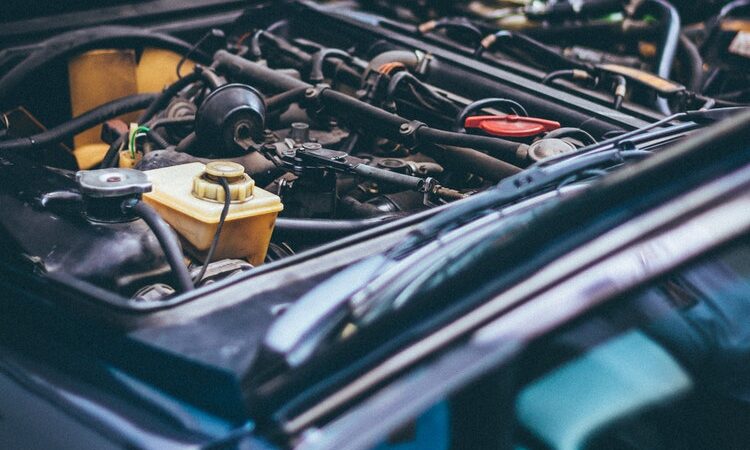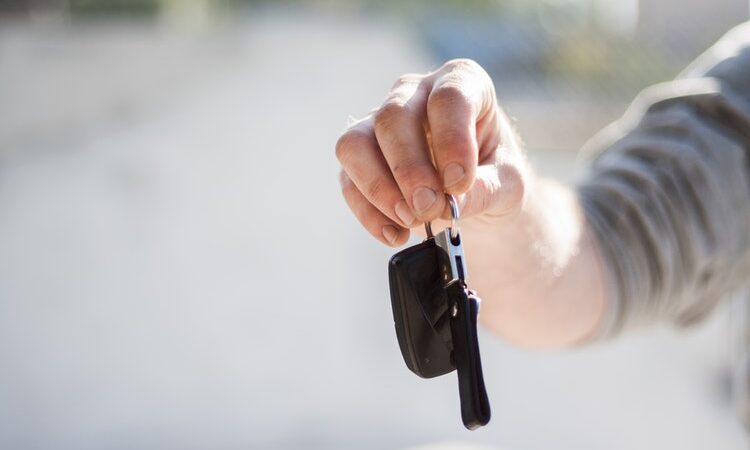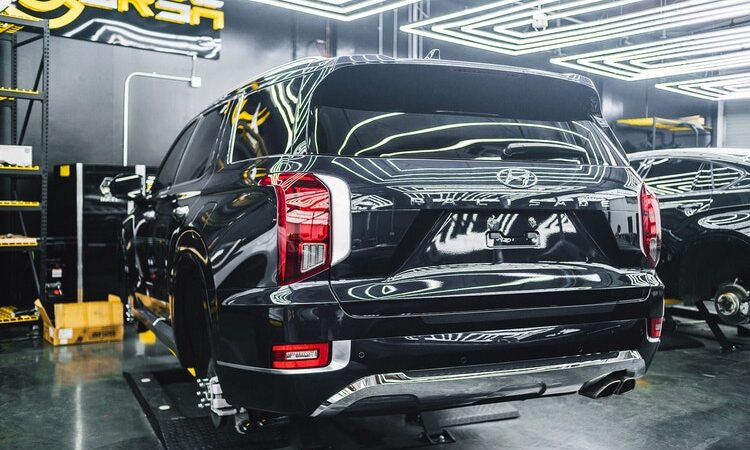Wheel Alignment Basics: How to Identify Negative or Positive Camber Issues
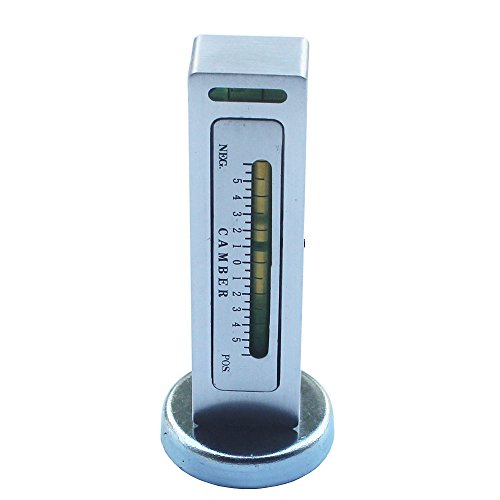
Wheel alignment technology is continuously evolving and introducing new models of vehicles, engines, transmissions, transaxles, steering and electronic suspensions.
Nowadays, two-wheel alignment is no longer a thing and four-wheel alignment is being incorporated in many of the new models, thus there are many manufacturers now who use four wheel steering and complex electronic suspensions.
This is why specific procedures must be followed to ensure proper wheel alignment.
Just because the process has the simple name “alignment” or “wheel alignment” doesn’t mean that the process is not complex enough to require a skilled professional to properly perform the alignment.
Suspension angles need to be perfectly measured and a plethora of suspension components need to be adjusted with extreme accuracy. Therefore, a bad alignment or an inefficient suspension-tuning tool can negatively impact the operation of the vehicle’s tires, as well as the transmission system.
Camber
The camber is a type of angle that identifies the middle line between the tire and surface and how much that line slants away vertically when viewed up front on both sides of the vehicle.
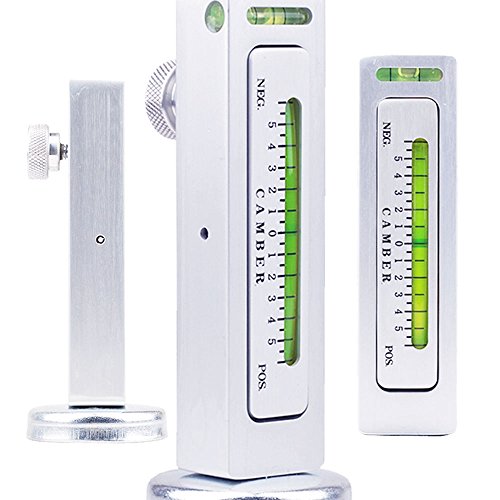 Each tire has the same “camber thrust” force even if the vehicle is going straight ahead. Whenever the vehicle hits a bump which causes loosening of one tire grip, the negative camber from the other 3 tires will lean the vehicle towards the direction of the loose grip.
Each tire has the same “camber thrust” force even if the vehicle is going straight ahead. Whenever the vehicle hits a bump which causes loosening of one tire grip, the negative camber from the other 3 tires will lean the vehicle towards the direction of the loose grip.
The vehicle may become more susceptible to tramlining as a result, that’s why the excessive camber will reduce the straight-line grip as well as allowing the vehicle for rapid acceleration and hard stops.
The camber angle is expressed in degrees and there are ways to tell when the angle is positive and or negative.
A bad or negative camber angle is noticed when the top of the tire leans inwardly toward the center of the vehicle whereas a positive angle is noticed when the top angles away from the center of the vehicle.
There is still no compensation whatsoever for the outer tire tipping towards the outside when the vehicle leans in a corner, so a special camber setting is still to be designed in order to allow the tires to remain vertical when traveling straight down the road (for more even distribution), and remain perpendicular to the road during hard cornering (for a more stable grip).
Driving styles can also interfere with the desired camber angle as more aggressive drivers who corner faster will get an increased and more stable cornering grip and longer tire life as a result of a negative camber wheel alignment. On the contrary, laid back driving with low cornering speeds from a negative camber will end up wearing out the inside edges more quickly than the outside edges.
That’s why a proper camber alignment that befits the driving style is key as it will correctly harmonize treadwear with the cornering performance.
For vehicles that run over city pavements, the tire wear and handling requirements must be at sync with the driver’s specific needs because the main purpose is that there is room for enough negative camber that enhances cornering performance without requiring the tires to overload the inner edges when traveling on straight paths. So, even though the negative camber will limit the cornering ability by the time the tire is perpendicular to the road at zero degrees, this will result in a better distributed wear on all of the four wheels.
You can enroll in a road course for F1 cars if you want to, so that you can directly experience how much negative camber is put at the front wheels in order to help more complex racing cars corner better.
If you happen to have more questions, please visit our website for more information.


